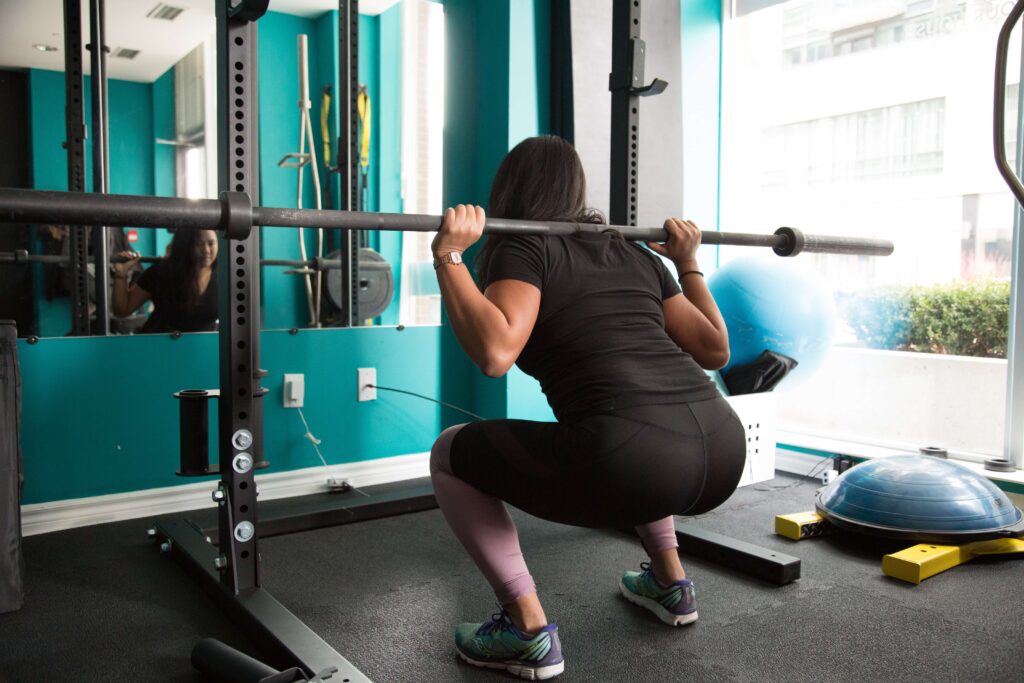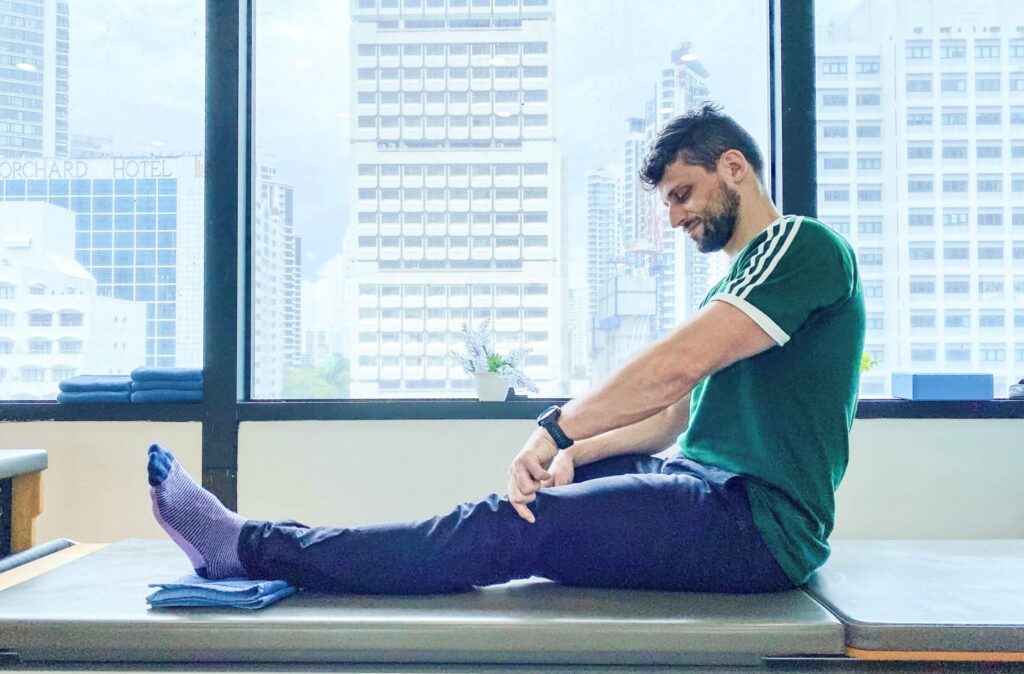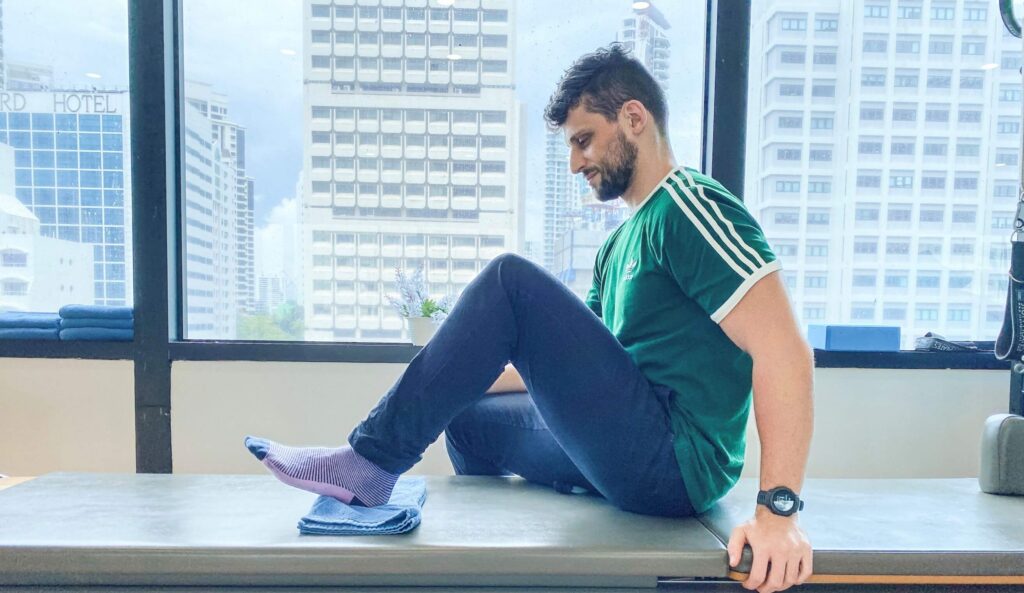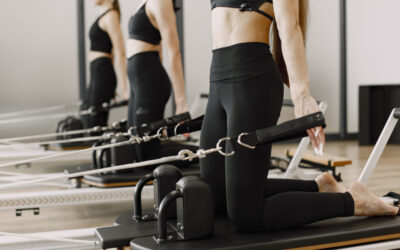Managing Anterior Knee Pain
Author: Aaron McCallum AHPC and HCPC reg PT, MCSP

Anterior knee pain or front knee pain is a common injury experienced by people by all walks of life in Singapore, and in certain cases, it cannot be attributed to a specific mishap, incident or injury. Knee pain can be debilitating as the knees are important weight bearing joints, and we rely on them for daily movement including walking, running, squatting, etc.
What are the causes of anterior knee pain?
Knee pain can come from a variety of sources, including incidents such as contact sports injuries; falls whiles walking; or accidents that aggravate the knee. And in some instances, knee pain isn’t caused by a specific incident but rather caused by overtraining in sport; normal everyday movement, wear and tear; the list goes on and on. Often patients describe their knee pain as; uncomfortable, stiff, achy, sharp or ‘something’ underneath the kneecap. There are many other descriptions as everyone, and their symptoms are unique. The pain tends to come with high intensity or provocative activities centred around knee movement, e.g., climbing and descending stairs, squats, running, kneeling. Less stressful activities such as walking, sitting or standing typically do not cause as much irritation.
What is the cause of my knee clicking?
Clicking of the knee can come for a variety of sources. In the case of anterior knee pain, this clicking is more likely to be pain free and is suggestive of inflamed tissue or reduce quality of movement of the tissue around the knee. Try not to worry as this clicking can be part of a natural process and is not an accurate indicator of wear and tear within the knee.
How does your pain behave?
- When do you feel the pain? Before, during or after activity
- Can you put your finger on the point of pain or does it feel like it covers a broader area?
- What reduces the pain?
- Is there any swelling/redness/heat coming from the knee?
- Does your knee; lock in position; give way; click (with pain)?
The answers to these questions will help guide your physiotherapist as to what structure is most likely to be the source of your discomfort. This is important to help us build a tailored strengthening and stretch programme suited to you and your lifestyle.

4 simple tips for managing your knee pain before seeing your physiotherapist
- Hot or cold relief. Try ice or heat for 10-15 minutes to help with pain management, depending on which you feel is more comfortable.
- Movement is medicine. Move or exercise the knee within your comfort zone. This will help manage pain and reduce the effects of deconditioning.
- Lower the impact. If you are used to high impact sports e.g., running, football, tennis. Try including some low impact training e.g., walking, cycling, weight training.
- Look to reduce activities or movement that involve a deep squat position or kneeling.
A simple exercise to try for anterior knee pain



Knee pain affects everyone differently
Knee pain affects everyone differently, your physiotherapist will help diagnose and give you more specific exercises during your treatment to give you the best results. We want to teach you the skills and habits to maintain good knee health, as a proactive approach to help you prevent the reoccurrence of knee pain. So, make sure you come visit us with an open mind and a willingness to be the master of your knee!
This article is for meant for reference and education purposes. Always seek professional advice from a qualified medical professional
